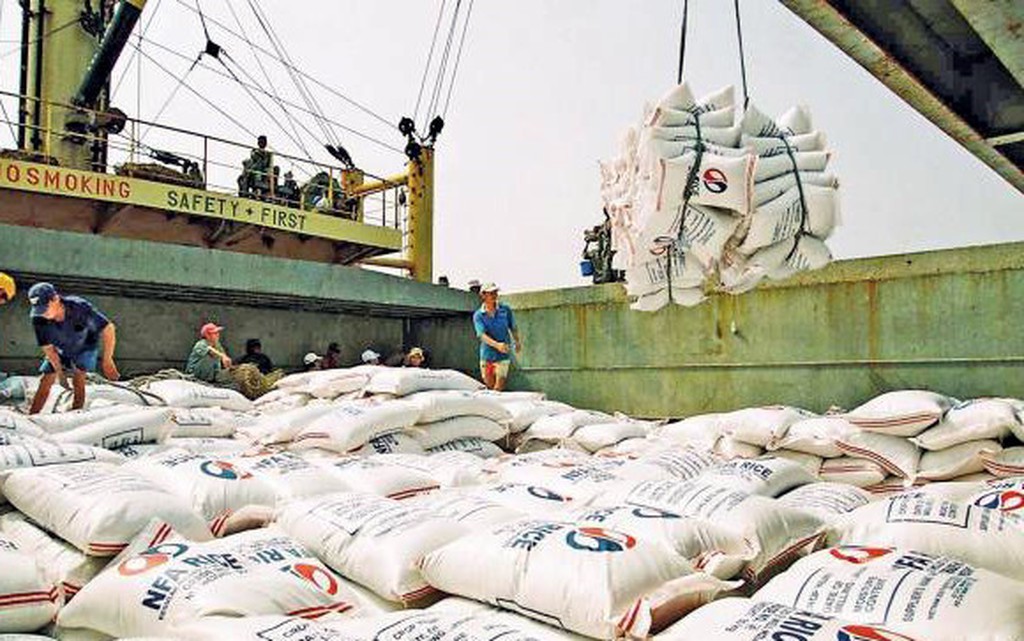Rice exports to slip; India may lose its global rice market rank

India’s rice exports are expected to decline in this financial year as the impact of export curbs starts showing. This may cause India to lose its position in the global trade market, exporters said.
In FY23, India exported 17.79 million tonnes (MT) of non-basmati rice as compared with 17.3 MT in FY22, while broken rice exports were 23% lower on year at 3 MT because of a ban on shipments imposed to keep domestic prices down.
In value terms, non-basmati rice exports were 4% higher on year at $6.36 billion, as per the official data.
“Execution of an export order takes a few months, and coming months will define the course of exports for the ongoing financial year started April,” said Kaul.
Despite the ban, the Centre allowed 400,000 tonnes of shipments on requests from traders and embassies. Broken rice exports will decline to zero this year unless there is a change in the duty structure, Kaul said. For semi and wholly milled rice exports, a 15-20% drop is expected.
“The loss of around 5 MT is expected to shake India’s position in the global market, providing an opportunity to competitors such as Thailand, Vietnam and Pakistan,” Kaul said.
“Regaining that market for India will be next to impossible Therefore, it has a long-term impact as far as the trade is concerned.”
India, the largest rice exporter, accounts for about 40% in the global trade.
Queries sent to the ministries of food, commerce and agriculture remained unanswered at press time.
Its rice prices in the global market are more attractive for than those of Vietnam and Thailand, which shields weaker economies in Africa like Nigeria, Benin and Cameroon.
India’s 25% broken rice is quoted at $442 per tonne, while 5% broken rice of Thailand and Vietnam at $487 per tonne and $480 a tonne, a Delhi-based dealer with a global trading firm said, requesting anonymity.
“The decision of imposing a ban on broken rice is justified to an extent that the share of broken rice in ethanol production is only 11% as compared to 65% from molasses, a by-product of sugar. The target of 20% ethanol blending by 2025 cannot be met by sugarcane alone. As a result, the government is also exploring the potential of other food grains like maize to meet the target” said a Bengaluru-based expert associated with a global trading firm.
To meet domestic requirements under Ethanol Blending Programme, India had allowed grain-based ethanol and in 2020-21 (December-November), Food Corporation of India has also been allowed to sell rice to ethanol plants for fuel ethanol production.
Read also
Wheat in Southern Brazil Impacted by Dry Weather and Frosts
Oilseed Industry. Leaders and Strategies in the Times of a Great Change
Black Sea & Danube Region: Oilseed and Vegoil Markets Within Ongoing Transfor...
Serbia. The drought will cause extremely high losses for farmers this year
2023/24 Safrinha Corn in Brazil 91% Harvested
Write to us
Our manager will contact you soon



